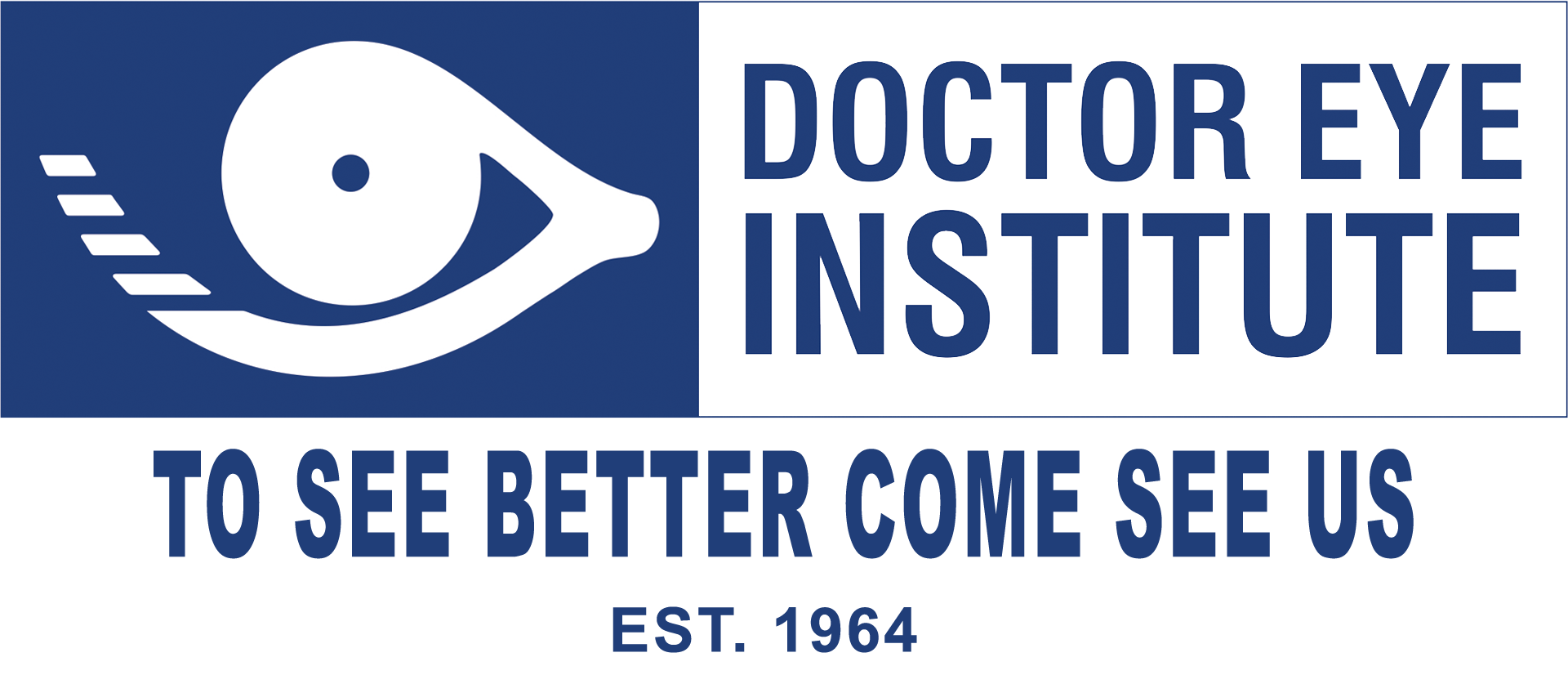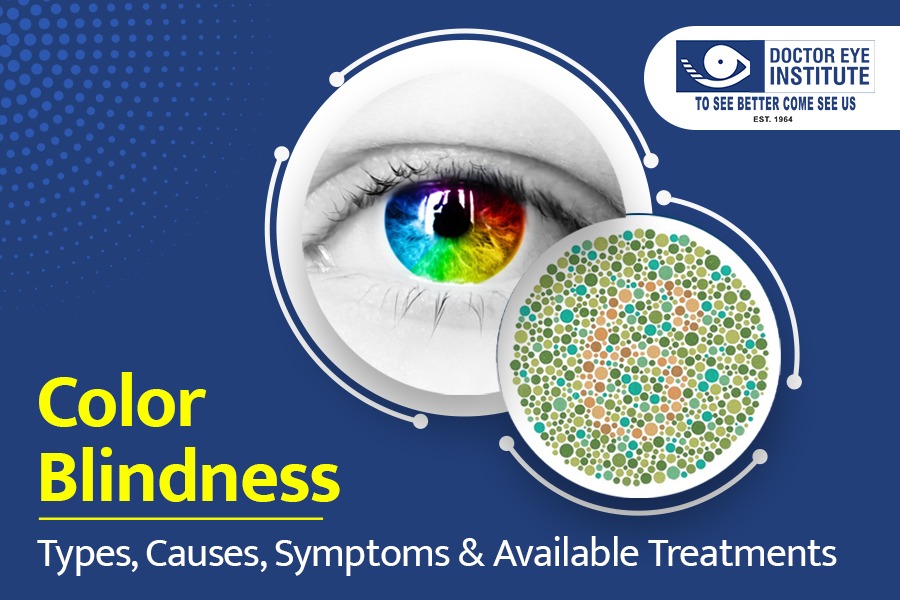What is Color Blindness?
Color blindness, or color vision deficiency (CVD), is a condition where individuals find it difficult or impossible to see certain colors. Instead of perceiving the full range of colors, people with this condition may need clarification on specific hues, often struggling with shades of red, green, blue, or yellow.
How Does Normal Vision Work?
To understand color blindness, knowing how normal vision works is essential. The human eye contains light-sensitive cells called cones, located in the retina. There are three types of cones, each responsible for detecting red, green, or blue light. When these cones function properly, the brain combines the signals to create a full-color spectrum. However, in individuals with color blindness, one or more of these cones don’t work correctly, leading to altered color perception.
The Different Types of Color Blindness
Color blindness comes in several varieties, depending on which cones are affected. The three primary types are:
a) Red-Green Color Blindness
This is the most common form of color blindness, where individuals struggle to differentiate between reds and greens. It occurs when the red or green cones don’t work properly, leading to confusion between these two colors.
b) Blue-Yellow Color Blindness
People have difficulty distinguishing between blues and yellows in this less common type. It results from abnormal function in the blue cone cells.
c) Complete Color Blindness (Achromatopsia)
Complete color blindness, or achromatopsia, is rare. Individuals with this condition see the world in shades of gray because none of the cone cells function properly.
Symptoms of Color Blindness
The primary symptom of color blindness is difficulty distinguishing between certain colors. Some individuals may also see colors as less bright or vibrant. Often, the condition goes unnoticed in mild cases, especially when the individual has learned to compensate for their color vision deficiency.
Common symptoms include:
- Trouble distinguishing reds and greens
- Difficulty seeing shades of blue and yellow
- Seeing colors in a more muted or dull way
- Rare cases of only perceiving black, white, and gray
Causes of Color Blindness
Color blindness can be caused by genetic or acquired factors.
a) Genetic Factors
Most color blindness is inherited and passed down through genes. It typically affects males more than females, as the most common forms are linked to the X chromosome. Women are usually carriers, while men are more likely to exhibit symptoms.
b) Acquired Causes
Color blindness can also develop later in life due to eye diseases, damage to the retina, aging, or exposure to certain chemicals and medications. Conditions like glaucoma, macular degeneration, and cataracts can contribute to color vision issues.
Who is Affected by Color Blindness?
Color blindness affects approximately 1 in 12 men and 1 in 200 women worldwide. Due to its genetic link, men are excessively affected. However, acquired forms can affect both genders equally.
Diagnosing Color Blindness
Diagnosis is often made through a series of vision tests. The most common test is the Ishihara test, which involves looking at a series of dots with different colors. People with normal color vision will see a number within the dots, while individuals with color blindness will see a different number or none at all. Other diagnostic tools include the Cambridge Color Test and Anomaloscope.
Can Color Blindness be Cured?
As of now, there is no permanent cure for genetic color blindness. However, there are ways to manage the condition, improve color perception, and reduce its effects. Treatments are especially important for individuals who need to distinguish colors in their work or daily life.
Available Treatments for Color Blindness
Several treatments can help enhance color vision or adapt to life with color blindness:
a) Color Blindness Glasses
Specialized glasses, such as those made by brands like EnChroma, use filters to enhance color perception. These glasses can help people with red-green color blindness see colors more vividly, though results may vary depending on the individual.
b) Contact Lenses for Color Blindness
Tinted contact lenses are also available to help correct color vision. They function similarly to color-blindness glasses by enhancing color contrasts, making it easier to differentiate between hues.
c) Digital Tools and Apps
There are numerous smartphone apps and digital tools designed to help color-blind individuals identify colors. Apps like Color Blind Pal can label colors in real time, making everyday tasks like picking out clothes or interpreting charts easier.
Color Blindness in Children
Children with color blindness may struggle with tasks that involve color-based learning, such as coloring or interpreting graphs. Early diagnosis can help parents and teachers make accommodations, ensuring the child isn’t unfairly disadvantaged in the classroom.
Impact of Color Blindness on Daily Life
Color blindness can impact various aspects of life, from choosing clothes to reading traffic lights. While some careers (such as piloting) require full-color vision, many individuals find ways to adapt and lead normal, productive lives with the help of modern tools and strategies.
Can You Drive with Color Blindness?
Yes, people with color blindness can still drive. However, they may need to rely more on the position of traffic lights rather than the colors themselves. In some countries, individuals with more severe color blindness may have driving restrictions.
Expert Care for Color Blindness at Doctor Eye Institute:
For expert advice on managing and treating color blindness, visit the Doctor Eye Institute, a leading eye hospital in Mumbai for eye care and vision health. To book an appointment, please Contact us at this number 9930309433
FAQs
- Do color-blindness glasses work for everyone?
Color blindness glasses work for many people, especially those with red-green color blindness, but results vary depending on the individual’s specific condition. - How do apps for color blindness work?
Apps like Color Blind Pal can help by identifying colors and providing visual cues in real-time, making it easier to navigate color-coded tasks. - Is there a test to find out if my child has color blindness?
Yes, tests like the Ishihara test can be administered by an eye doctor to diagnose color blindness in children. Early detection can help parents and teachers adjust learning methods for the child.









